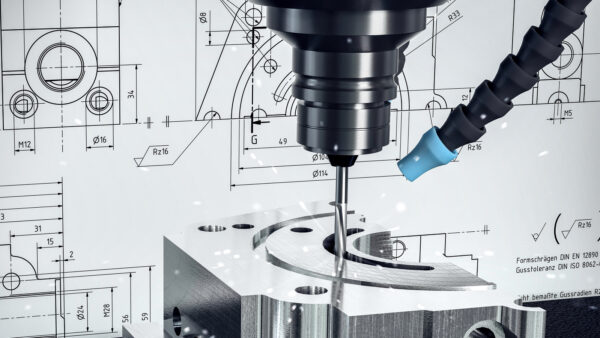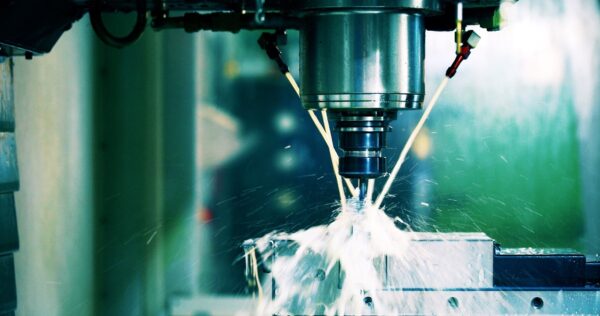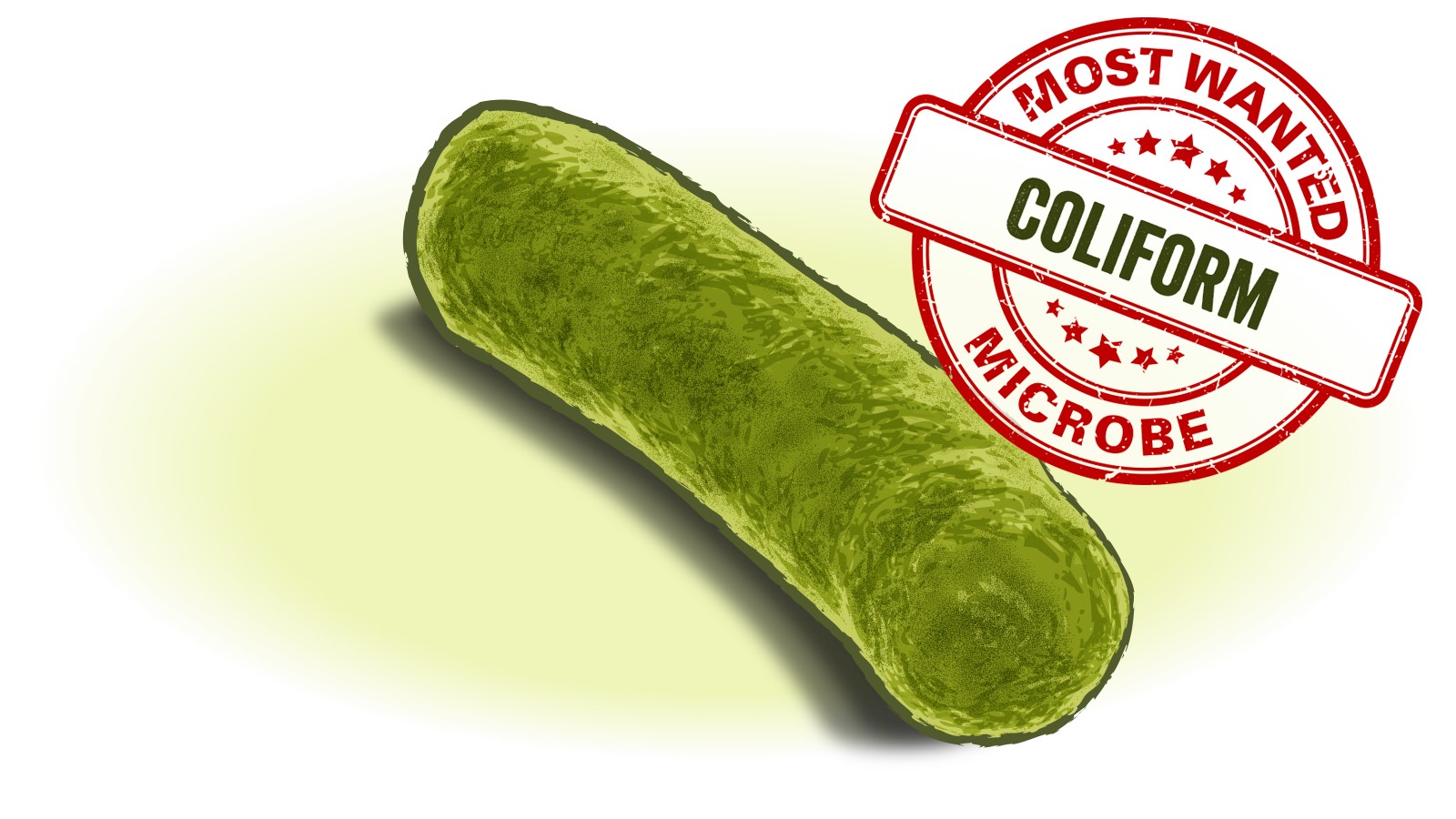Microorganisms in metalworking fluids (MWFs) have typically been considered problematic, however, a recent study published in 2017 presents a paradigm shift by demonstrating the effectiveness of microbial-based vs. water-based MWFs.
While many of us are not familiar with the intricacies of metalworking, it’s the process of cutting and shaping metals for use in manufacturing. It’s a critical step in the production of a wide range of common, every-day items from vehicles and infrastructure to jewelry, cutlery, and other household items. Metalworking fluids (MWFs) are an important part of this process that help ensure high quality, durable products. They are a group of oils and other liquids that are used to cool and/or lubricate metal workpieces while they are being machined, ground, or milled. They help to reduce the friction and heat between the metal surface and the tools, help prevent burns and smoking, improve process productivity, and reduce tool wear by continuously removing fine particles and chips from the surface.
There are four basic classes of MWFs with widely varying components and additives:
- Straight oils: mainly composed of mineral/petroleum oil and additives
- Soluble oils: containing refined petroleum/mineral oils, additives, emulsifiers and water
- Semi-synthetic oils: primarily water with mineral oil and various additives
- Synthetic oil: the only type that does not contain petroleum oil and instead uses detergent-like components and other additives
Additives can vary significantly from extreme pressure additives, corrosion inhibitors, and anti-mist agents to dyes, fragrances, defoamers, and biocides.
With so many chemical compounds and potentially hazardous additives, you may be wondering how important biocide-addition is in the production of these MWFs. Microorganisms, however, love to feed on several of the components of these oils; fatty acids, esters, surfactants, sulphurized and phosphorous compounds, and minerals all provide the ideal nutrition for many bacterial and fungal cells.
One study done in 2012 by Nicole Lodders and Peter Kampher investigated microbial growth and biodiversity in water-miscible metalworking fluids (MWFs that are mixed with water before use in concentrations up to 25% typically). Ten metalworking fluid samples and seven water preparation samples were tested for total cell counts (TCC) and colony forming units (CFU), and DNA was analyzed through genetic sequencing to identify what types of microorganisms were present down to the genus level.
While the types and number of microbes varied per sample, 98 different genera were detected in total. Pseudomonas were found in six of the MWF samples, with the dominant genera being Leucobacter, Desemzia, and Wautersiella. Sphingomona was detected in both the MWFs and the water samples. Mycobacteria, commonly found in MWFs, was only identified through real-time PCR in the MWF samples and through isolation in all but one of the water-preparation samples.
Several of these microorganisms have been linked to respiratory issues in workers; the aerosols can result in hypersensitivity pneumonitis, chronic pulmonary disease, inflammation, skin issues and irritation, and the microbes can metabolize essential components of the metalworking fluid causing it to degrade. Because of these issues, the approach has traditionally been to minimize biological growth through the addition of biocides and fungicides. A recent study published in 2017, however, presented a paradigm shift by demonstrating the effectiveness of microbial-based vs. water-based MWFs.
The study, done by Daniel Meyer, Marvin Redetzky, and Ekkard Brinksmeier, from the Foundation Institute of Materials Science, and the University of Bremen and MAPEX Center, compared the lubrication performance of commercial water-based MWFs against microbial-based MWFs with carefully selected microorganisms. Two yeast species and three bacterial species were investigated and both yeast species, Meyerozyma guilliermondii and Saccharomyces cerevisiae, and one bacterial species, Pseudomonas oleovorans, demonstrated either the same or superior lubricity compared to the conventional MWFs. This lead to reduced friction, reduced tool wear, and better surface finish which suggests that it may be possible to replace traditional MWFs with microbial-based fluids. According to the authors, using living microbes would also allow the larger damaged cells and dead cells to be metabolized, resulting in a self-regenerating system that may outlast not only conventional metalworking fluids but also newer nanoparticle approaches.
While more research is needed, innovative tools and approaches are allowing us to learn more and more about microorganisms and microbial ecosystems. Visit our technology page to see how our ATP testing technology can quickly quantify total microbial growth in water, metalworking fluids, and deposits to help you instantly assess growth anywhere in your process.










